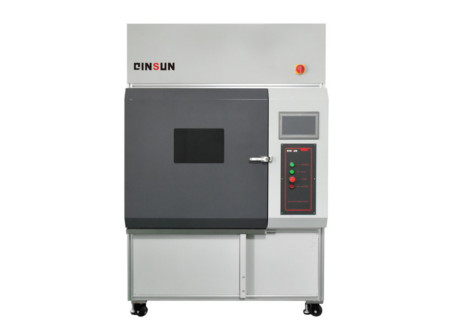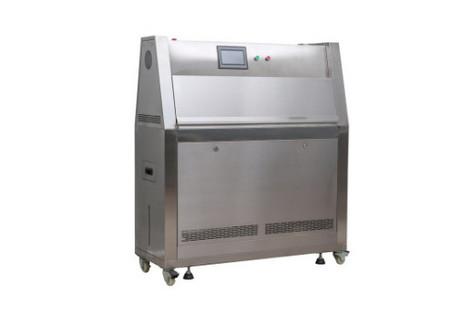Site: Home > Home > News and events
The Xenon Test Chamber and the UV aging chamber are two commonly used material ageing testers that have a wide range of applications in the research and development of materials. The following is a comparative study of the two.
1. Principle and mechanism
Xenon Test Chamber and UV aging chamber are both used to simulate natural light and climate to accelerate artificial ageing of materials. xenon Test Chamber uses xenon lamp to simulate natural light irradiation, oxidation, rain and wind to evaluate the weathering performance of materials. UV aging chamber The UV aging chamber uses ultraviolet light to simulate sunlight to assess the UV aging performance of materials.

2. Simulation capabilities
The Xenon Test Chamber is able to simulate a variety of natural environments such as sunlight, rain, dew point and wind, allowing for a more comprehensive assessment of the weathering performance of materials. The UV ageing chamber, on the other hand, can only simulate UV radiation and cannot fully take into account the effects of other environmental factors.
3. Intensity and duration of exposure
Both the Xenon Test Chamber and the UV aging chamber require controlled irradiation intensity and time to simulate the natural environment; the higher irradiation intensity of the Xenon Test Chamber allows for faster ageing tests, but the corresponding equipment costs are higher. The UV aging chamber has a lower intensity of exposure and takes longer to achieve the ageing test.

4. Application range
The Xenon Test Chamber and the UV aging chamber have their own advantages for different applications in the field of materials, the Xenon Test Chamber is suitable for weathering tests in the automotive, plastics and construction sectors. The UV aging chamber is suitable for testing the UV ageing properties of electronics, coatings and paints.
In short, both types of ageing testers have their own advantages and disadvantages, and the choice should be based on a combination of factors such as the material's application area, testing requirements and economic realities.
Copyright 2022:Qinsun Instruments Co., Limited
High-end textile tester supplier Email:info@qinsun-lab.com | Textile Testing Equipment pdf | Tel:021-67800179 |